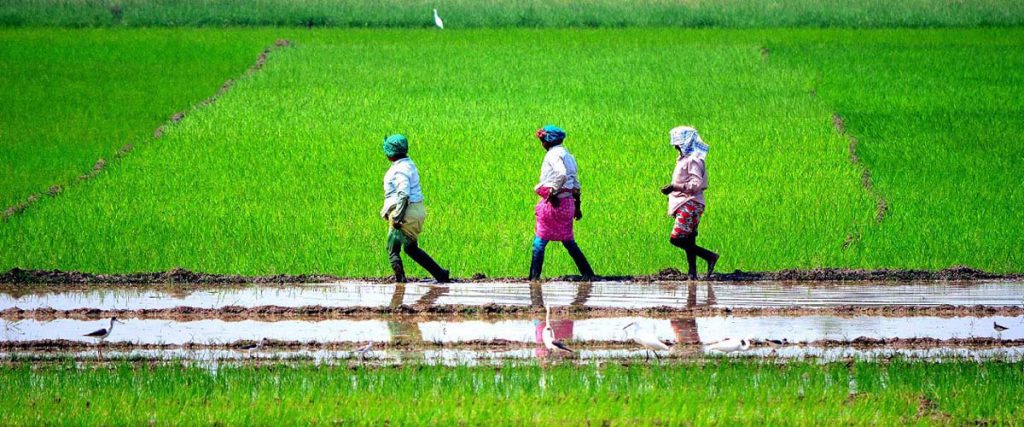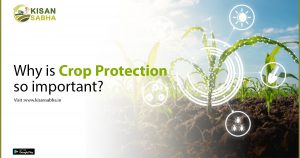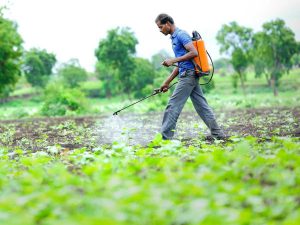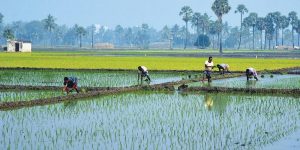In today’s environment, it is critical to maximize output in agricultural businesses. Farmers will profit in terms of production by using optimum solutions and utilizing elements of newer research. This post contains 10 concrete techniques that will triple your farm’s output and enhance its outcomes.
10 Tips to Boost Farm Productivity
1. Embrace Precision Agriculture
Precision agriculture is the enhancement of agricultural care via the use of technology. GPS-controlled machinery, drones, and sensors are used to precisely apply inputs like as water, fertilizers, and insecticides. It also minimizes waste, reduces costs, and increases yields, making it the ideal option to follow. Soil sampling and variable rate technologies create management zones within fields to help you zone your farm.
2. Implement Crop Rotation and Diversification
Crop diversity and rotation are critical practices to increase the total crop production on a particular farm. Along with these advantages, it also prevents pest and disease cycles, preserves soil health, and divides expenses among everyone. To improve the structure of the soil and its capacity to create fertility, recommend the use of cover crops during the off-season.

3. Optimise Irrigation Systems
Proper management of water supply on farm produce is very vital. Ensure you use water-efficient methods of irrigation some are drip irrigation or the center pivots with efficient controls. Check the soil moisture level with soil moisture sensors, and use weather data to adjust how frequently and deeply you irrigate the crops to avoid a waste of water as well as keep the crops healthy.
4. Purchase Better Seedlings and Stock
The use of gen-enhanced seeds, and rearing of better breed animals can go a long way in enhancing your farm productivity levels. Study and select materials that have a favorable reaction to the climate prevailing in your area and withstand different pests and diseases. To select species for your livestock operations, consider those breeds that are proven producers coupled with your climate conditions.
5. Implement Integrated Pest Management (IPM)
Integrated Pest Management IPM is utilized to suppress pests through a combination of biological, cultural, physical, and chemical. This approach can reduce the amount of pesticide used, and costs incurred, and improve crop health. Patrol your fields, practice integrated benefit insects, and rotate your crops to interrupt pest cycles.
Also Read:- Significant Impact of Microclimates on Agricultural Productivity
6. Deploy Data Analytics as well as Farm Management Software
I encourage you to embrace the use of farm management software to capture your business process. Such tools can assist in decision-making by providing information, using resources in the facility in the most efficient way possible, and detecting problems. Record the input used, the produce obtained as well as the financials as this will give you trend analysis of the farm conductance.

7. Assemble and Purchase Efficient Machinery and Equipment
Proper and efficient, maintained equipment of the latest generation can increase productivity several times. Choose equipment that can efficiently be operated in the size of the farm that you operate in. Sample components include auto-steering and variable rate application technology. Failure to adhere to routine servicing and applicable updates could see a rig’s systems shut down during production – or otherwise perform below optimal capacity.
8. Adopt and Practise Sustainable forms of Soil Management
Favorable conditions of the soil are the basis for successful farming. Practice conservation tillage, and use of cover crops and organic matter to increase the status of the soil. Soil testing periodically will assist in the proper use of fertilizer, and the amount to minimize the costs as well as the environmental effects and at the same time ensure the best yields.
9. Explore Vertical Farming and Controlled Environment Agriculture
For certain crops, vertical farming, and controlled environment agriculture primarily accelerate crop yields per unit or square footage area. However, these methods mean continuity of production throughout the year, low water consumption, and resistance to pests and adverse climatic conditions. It may be rather costly initially, but the long-term payoff is all but insignificant.
10. Continuously Educate Yourself and Your Team
Always be updated on various studies, techniques, and strategies in agriculture. Join workshops, conferences, and field days so that you can learn from other extended farmers. Educate yourself and your employees so that you all have the proper knowledge and practical know-how of change implementation.
In summary
Increasing agricultural production calls for a diversified strategy that incorporates cutting-edge discoveries with conventional knowledge. The productivity and efficiency of your farm may be greatly increased by putting these 10 suggestions into practice. Keep in mind that every farm is different, therefore you must modify these tactics to fit your own set of conditions. Start by identifying areas where you can make quick improvements, then gradually execute more complete adjustments.





